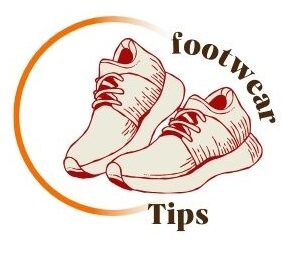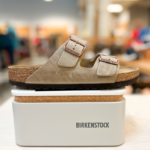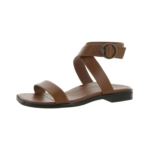Address:
- 2365 Hood Avenue, San Diego, CA, 92123
Minimal running shoes, also known as minimalist shoes, are designed to provide a natural feel and encourage a more efficient running technique. These shoes offer a barefoot-like experience, with a lower heel-to-toe drop and less cushioning than traditional running shoes.
They are lightweight and flexible, promoting a more natural foot movement and engaging the muscles of the feet and legs. The minimal design also allows for better ground feel and sensory feedback, which can improve balance and proprioception. These shoes are suitable for runners looking to strengthen their feet and improve their running form, as well as those seeking a more connected and authentic running experience.
The popularity of minimal running shoes has been on the rise in recent years. These shoes offer a barefoot-like experience, allowing for a more natural stride and better foot strength. With various options available on the market, runners can find the perfect minimalist shoe for their needs.
Minimal running shoes have become increasingly popular among athletes in recent years. These shoes, also known as barefoot shoes or minimalist shoes, provide a unique running experience that mimics the feeling of running barefoot while still offering some protection and support. The rise of minimal running shoes can be attributed to several factors, including the evolution from traditional running shoes to minimal designs and the various benefits that athletes are finding with this footwear.
The transition from traditional running shoes to minimal shoes has been a gradual process. Traditional running shoes are often heavily cushioned and have a significant heel-to-toe drop, which encourages a heel-striking running style. However, research has shown that a forefoot or midfoot strike pattern can reduce the impact on joints and potentially lower the risk of injury.
Minimal running shoes are designed with a lower heel-to-toe drop and less cushioning, allowing for a more natural running gait. These shoes typically have a thinner sole, which allows the feet to feel the ground and provides a better sense of proprioception. Additionally, minimal shoes often have a wider toe box, allowing the toes to splay naturally and providing more stability during the running motion.
Athletes are making the switch to minimal running shoes for a variety of reasons. One of the main benefits is improved running form and biomechanics. Minimal shoes encourage a more natural running style, which can lead to a more efficient stride and reduced impact on the body. By strengthening the foot and lower leg muscles, athletes may also experience improved balance and stability.
Another reason athletes are choosing minimal shoes is the potential for injury prevention. The minimal design allows the foot to move more freely and naturally, reducing the risk of overuse injuries such as plantar fasciitis and shin splints. The increased proprioception and sensory feedback from the ground also help athletes to develop a better awareness of their body and running technique, further reducing the risk of injury.
Furthermore, minimal running shoes are often lighter in weight compared to traditional running shoes. This reduced weight can enhance running performance, allowing athletes to maintain a faster pace and expend less energy during their runs. The minimalist design also promotes a more connected and enjoyable running experience, as athletes feel more in tune with their surroundings and the natural movement of their feet.
The anatomy of a minimal running shoe focuses on providing a lightweight and comfortable option for runners. With features like a wide toe box and zero drop design, these shoes offer a barefoot-like experience while still providing traction and support.
Minimal running shoes are designed to provide a natural and comfortable running experience while still offering protection and support to the feet. The anatomy of a minimal running shoe is different from traditional running shoes as it focuses on minimalism and simplicity. Here are the key features and design of a minimal running shoe:Minimal running shoes have gained popularity due to their ability to enhance natural foot movement and reduce the risk of injuries. This innovative footwear design promotes a more natural running experience, which can benefit runners of all levels. Let’s explore the specific advantages of transitioning to minimal running shoes.
Minimal running shoes are designed to mimic the experience of running barefoot, allowing the foot to move and flex more naturally. This design promotes a more efficient and biomechanically sound running stride, which can improve overall performance and reduce the risk of overuse injuries. By encouraging a more natural foot movement, minimal shoes help strengthen the muscles in the feet and lower legs, leading to improved stability and balance.
The minimalist design of these shoes encourages a forefoot or midfoot strike pattern, as opposed to the heel strike common in traditional running shoes. This shift in running technique can reduce the impact forces on the body, potentially lowering the risk of common running injuries such as shin splints, stress fractures, and plantar fasciitis. Additionally, minimal shoes promote better proprioception and sensory feedback, enhancing the body’s ability to adapt to varying running surfaces and reducing the risk of ankle sprains and other injuries.
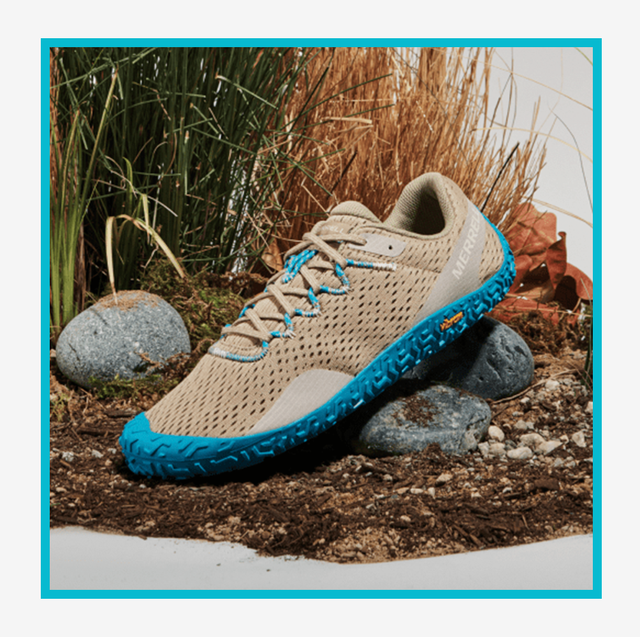
Credit: www.menshealth.com
Minimal running shoes have gained popularity among athletes and fitness enthusiasts for their lightweight design and natural feel. Transitioning to minimal footwear can be a gradual process that requires patience and proper training. By starting off on the right foot and following some essential training tips, you can ensure a smooth transition and enjoy the benefits of minimal running shoes.
When transitioning to minimal footwear, it’s essential to start slowly and gradually increase your usage. Here are some steps to help you get started:
As a new adopter of minimal footwear, it’s crucial to follow these training tips to make the most of your transition:
Transitioning to minimal footwear can be a rewarding experience, but it requires patience and proper training. By starting off on the right foot and following these training tips, you can make a smooth transition and enjoy the benefits of minimal running shoes.
Discover the best picks for minimal running shoes at affordable prices on Amazon, Xero Shoes, and more. From lightweight and comfortable designs to a wide range of colors and sizes, find your perfect pair for a natural running experience.
Minimal running shoes are a popular choice for runners who want a more natural feel, and there are plenty of options on the market. We’ve rounded up some of the top picks for you to consider and provided information on where to find them.| Brand | Price Range | Features |
|---|---|---|
| Bareway | $19.99 – $119.99 | Feels like barefoot, lightweight, active shoes |
| Xero Shoes | $70.00 – $120.00 | Comfortable, lightweight, attractive, good traction |
| New Balance | $29.99 – $107.97 | Minimalist shoes, non-slip, wear-resistant, good weather resistance |
| Nike | $70.00 | Attractive, lightweight |
| Vibram | $79.95 | Comfortable, attractive, lightweight, non-slip |
Real Runners, Real Stories brings you firsthand accounts of runners who have experienced the benefits of minimal running shoes. Discover how these lightweight and comfortable shoes have improved their performance and made their running experience more enjoyable.
Real Runners, Real StoriesMinimal running shoes have been gaining popularity among runners in recent years. With their lightweight design and barefoot-like feel, these shoes have been praised for improving running form and reducing the risk of injury. But don’t just take our word for it. Let’s hear from real runners and their success stories with minimal running shoes.Success Stories from the Minimalist CommunityOne runner, Jane from Austin, Texas, started experiencing knee pain while training for a marathon in her traditional running shoes. Frustrated with her lack of progress, she decided to switch to a pair of minimalist shoes. “It took some time to adjust, but once I got the hang of it, I noticed a huge improvement in my form and my knee pain went away,” she says.Another runner, John from New York, had been struggling with shin splints for years. He tried different types of shoes and even took time off from running, but nothing seemed to help. Finally, he decided to give minimalist shoes a try. “I was skeptical at first, but after a few weeks of running in them, my shin splints disappeared,” he says.Overcoming Challenges Along the WayOf course, switching to minimalist shoes isn’t always easy. Some runners experience soreness or discomfort in their feet or calves as they adjust to the new style of running. It’s important to start slowly and gradually build up mileage in these shoes.Other challenges may include finding the right pair of minimalist shoes for your feet and running style. With so many options on the market, it can be overwhelming to choose the perfect pair. That’s why it’s important to do your research and try on different brands and styles before making a purchase.But for those who stick with it, the benefits of minimal running shoes can be life-changing. Improved running form, reduced risk of injury, and a more natural running experience are just a few of the reasons why real runners are embracing this trend. So why not give it a try and see how it can benefit your own running journey?Minimal running shoes are designed to provide a barefoot-like experience while offering protection and support. To ensure your minimal shoes last longer and perform at their best, it’s important to take proper care of them. Here are some maintenance and longevity tips to keep in mind:
Even with proper care, minimal running shoes will eventually need to be replaced. Here are some signs that indicate it’s time for a new pair:
By following these maintenance and longevity tips and knowing when to replace your minimal shoes, you can ensure they continue to provide the performance and comfort you expect, mile after mile.
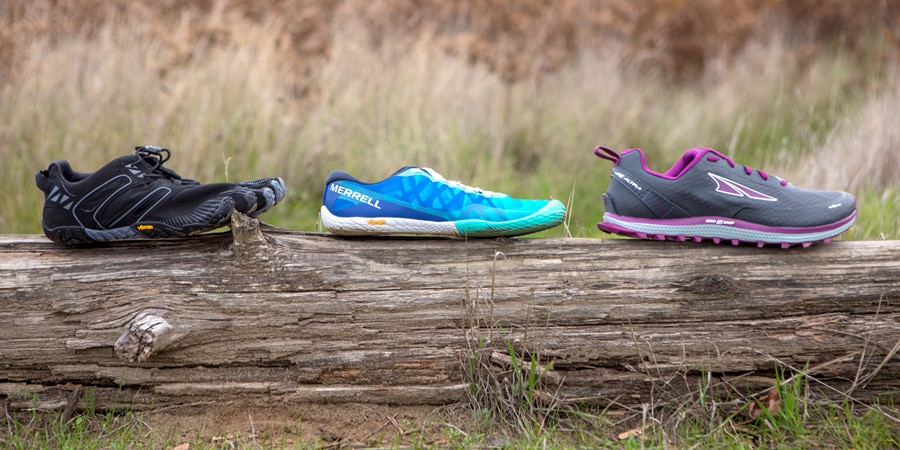
Credit: www.rei.com
The world of footwear is rapidly evolving, and minimal running shoes are at the forefront of this innovation. With a focus on enhancing natural foot movement and reducing injury risk, new technologies and materials are being integrated into the design of minimal running shoes. From advanced cushioning systems to sustainable materials, these innovations are shaping the future of footwear.
Sustainability is a key consideration in the design of minimal running shoes. Manufacturers are increasingly using eco-friendly materials and production processes to minimize the environmental impact of their products. From recycled plastics to bio-based materials, the focus on sustainability is driving positive change in the footwear industry, ensuring that consumers can make a greener choice without compromising on performance or style.
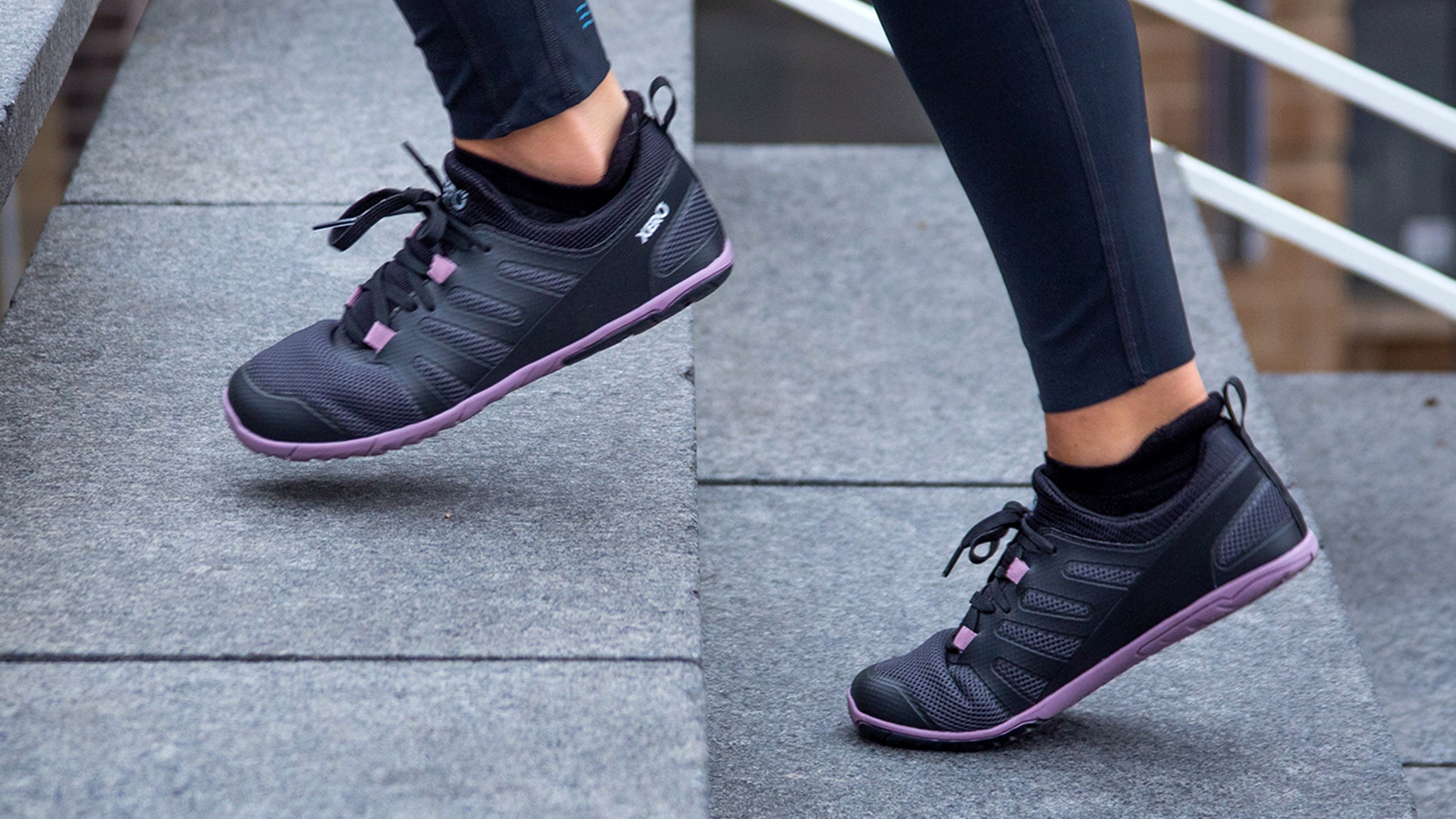
Credit: www.outsideonline.com
Minimalist shoes can be good for running as they promote natural foot movement and strengthen muscles. They offer a barefoot-like experience and can improve running form. However, they may not be suitable for everyone and require a gradual transition to prevent injuries.
Wearing minimalist shoes may lack support, cushioning, and protection, leading to potential foot injuries.
A minimalist shoe is a type of footwear that provides minimal cushioning and support, promoting a more natural foot movement. It is designed to mimic barefoot walking or running, allowing for better flexibility and strengthening of the foot muscles.
A zero drop running shoe has an equal cushioning level from heel to toe, promoting natural foot movement.
Minimal running shoes offer a range of benefits for runners, including increased comfort, improved stability, and reduced risk of injuries. These shoes provide a barefoot-like experience while still offering protection and support. With the wide variety of options available, runners can find the perfect pair to suit their individual needs and preferences.
So, whether you’re a seasoned runner or just starting out, consider giving minimal running shoes a try and experience the difference for yourself.
Get our most valuable tips right inside your inbox, once per month!
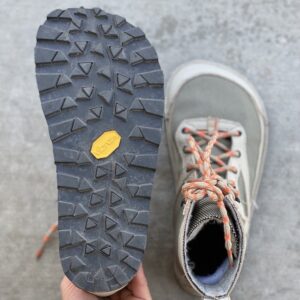
Looking for walking shoes with a wide toe box? Check out these top options for men and women that offer comfort, support, and a roomy
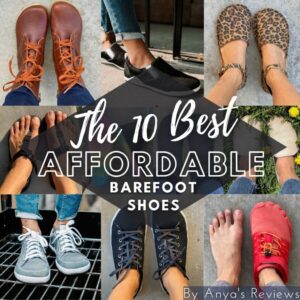
Looking for cheap barefoot shoes? Check out WHITIN Men’s Ultra-ventilated Barefoot Shoes for $19.99 on Amazon.com or Men’s Quick-dry Barefoot Shoes for $8.47 on Temu.
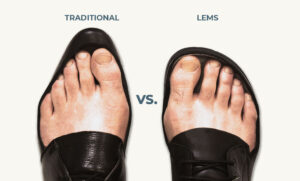
Foot-shaped shoes are available in various brands such as Lems Shoes, Padgene, Barekick, WHITIN, relxfeet, Xero Shoes, New Balance, Earthing Harmony, Atoms, BRONAX, Hike Footwear,
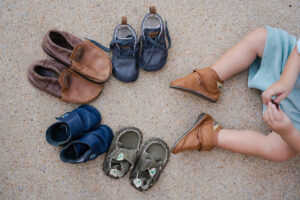
Toddler Barefoot Shoes provide a minimalist and lightweight option for kids to splay their feet naturally while walking, running, or playing sports. These shoes have
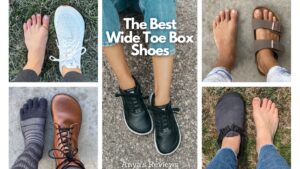
Discover a variety of wide toe box shoes for women in Austin, Texas, including options from Orthofeet, WHITIN, Temu, and more. These shoes offer comfort
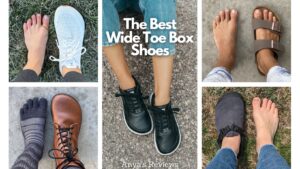
Toe box shoes provide ample space for the toes, allowing them to move freely and comfortably. They are available in various styles and sizes, with
